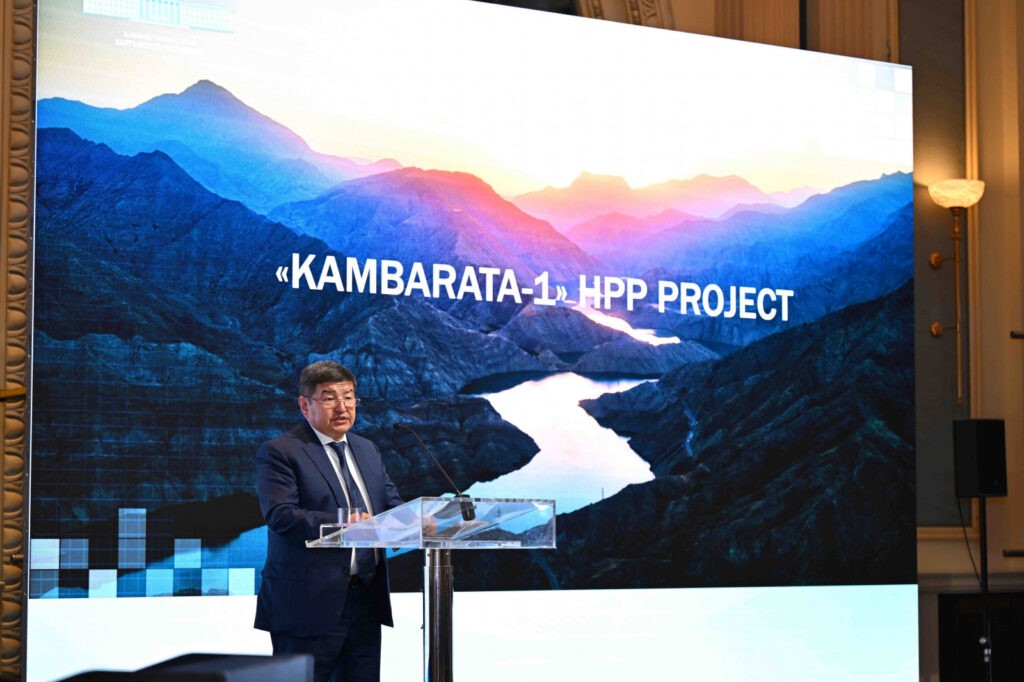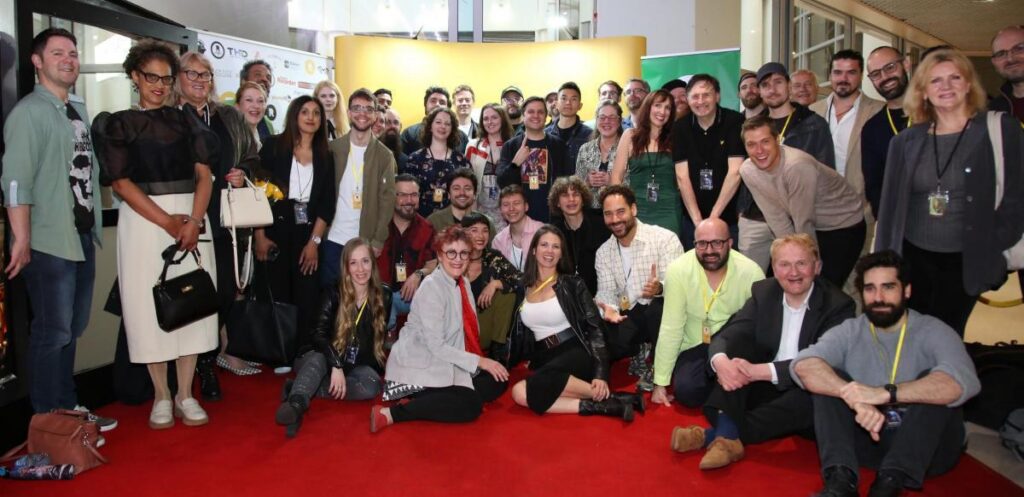The VI ECG Film Festival staged in London from 24-28 May, in partnership with the eighth UK Romford Film Festival at Premier Cinemas Romford, attracted over 100 entries from 22 countries.
The Eurasian Creative Guild (ECG) is the sole platform promoting Eurasian cinema in the UK and this year’s festival featured work by directors from Poland, the UK, Kyrgyzstan, Spain, Russia, Iran, Uzbekistan, China, Armenia, and Kuwait.
The non-profit organization was founded by Marat Ahmedjanov in London in 2015 to unite and promote Eurasian cultural and artistic practices to English-speakers, and as befits its mission, the festival went far beyond the ‘moving image’ to showcase work by visual artists, authors, poets, and musicians.
In film, the competition attracted over 100 competition entries from 22 countries and with support from SIFFA film festival organiser Lubov Balagova-Kandur, included screenings of several Russian films such as the comedy ‘Aul’s Challenge;’ the war drama ‘Maria. Save Moscow;’ a documentary on the poet ‘3723 Voznesensky’, and a Jordanian love story ‘Cherkes’.
Central Asian films took several awards, including Best Eurasian Short film: ‘Happy Independence Day’ by Camila Sagyntkan (Kazakhstan); Best Eurasian Documentary Film: Sailing Seven Seas by Tatania Borsh (Russia-Kyrgyzstan); Audience Choice Award: ‘Sharaf Rashidov- Inspirer for the Development of Mirzachul’ by Shukhrat Khaitov (Uzbekistan); and the Honorary Achievement Certificate for Documentary Drama: ‘Behtarin’ by Mohsen Rahimi (Kuwait-Tajikistan).
Visual artists from Kyrgyzstan took centre stage in the exhibition ‘‘Nomadic Narratives’, which also highlighted work by Dungan artist Rahima Arli, created during her ECG Horizons Rugby residency near London.
ECG has a long and ongoing tradition of publishing works by Central Asian writers which would otherwise remain inaccessible to English readers, under Hertfordshire Press. Editor John Farndon took pleasure in presenting three new stories under the collective title ‘Akhriman, Lord of Darkness’ by highly renowned Tajik author Gulsifat Shahidi, as well as ‘Is It Necessary to Worship at Notre Dame?’ by Kazakh author Alikhan Zhaksylyk.
Lovers of literature also enjoyed the opportunity to view the Kazat Akmatov Memorial in Romford, which both honours the esteemed Kyrgyz writer and serves as a beacon of strength for all Central Asian artists living and visiting London.
The well-established Azerbaijani poet Sahib Mamedov read poems which he dedicated to the festival participants.
Music too, featured highly at the event. In addition to a concert, medals of appreciation from Marta Brassart, ECG Chair, were presented to the musical duo Sherkhon, alongside artist Rahima Arli and young film director Timur Akhmedjanov, and recitals given by the duo from Uzbekistan Sherxon and the director of the Kazakh Cultural Centre in London, Kamshat Kumysbai.
Now in its sixth season, the festival continues to gather momentum and this year, attracted audiences from Italy, Kazakhstan, Poland, USA, Russia, Kyrgyzstan, Austria, and Uzbekistan, and welcomed as guests of honour, the Mayor of Romford, Gerry O’Sullivan with MPs from the London Borough of Havering, and representatives from the embassies of Kyrgyzstan, Uzbekistan, Tajikistan, Russia and Belarus.
As testimony to ECG’s unique promotion of Eurasian film, cinema audiences were joined by famous directors and producers Paul Brett, Kathy Tyson, Cammy Darweish and Meredith Brett.
Submissions for 2025 are now open for the VII ECG Film Festival via the online platform through Filmfreeway.








